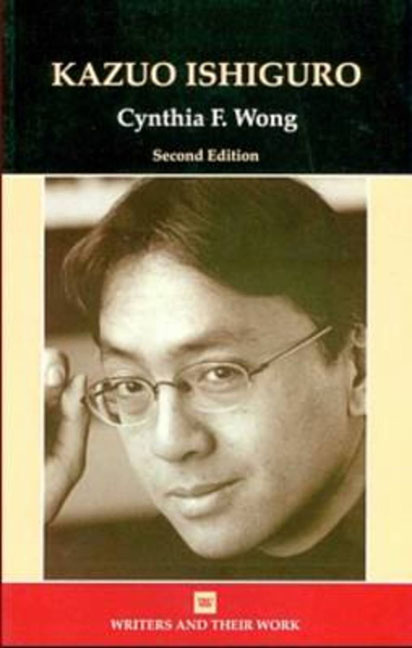Book contents
- Frontmatter
- Contents
- Acknowledgements
- Preface to the New Edition
- Biographical Outline
- Abbreviations and References
- Introduction
- 1 Ishiguro as an International Writer
- 2 Reading the Novels
- 3 Narrative and Memory: A Pale View of Hills
- 4 Deflecting Truth in Memory: An Artist of the Floating World
- 5 Disclosure and ‘Unconcealment’: The Remains of the Day
- 6 Seizing Comprehension: The Unconsoled
- 7 Odd Failures of Guardianship in When We Were Orphans and Never Let Me Go
- Notes
- Select Bibliography
- Index
4 - Deflecting Truth in Memory: An Artist of the Floating World
- Frontmatter
- Contents
- Acknowledgements
- Preface to the New Edition
- Biographical Outline
- Abbreviations and References
- Introduction
- 1 Ishiguro as an International Writer
- 2 Reading the Novels
- 3 Narrative and Memory: A Pale View of Hills
- 4 Deflecting Truth in Memory: An Artist of the Floating World
- 5 Disclosure and ‘Unconcealment’: The Remains of the Day
- 6 Seizing Comprehension: The Unconsoled
- 7 Odd Failures of Guardianship in When We Were Orphans and Never Let Me Go
- Notes
- Select Bibliography
- Index
Summary
No one likes to recognize himself as a stranger in a mirror where what he sees is not his own double but someone whom he would have liked to have been.
Ishiguro's second novel has ageing artist Masuji Ono speaking on four separate occasions over a period of nearly two years, from October 1948 to June 1950. According to the author, an advantage of using a
diary narrative is that each entry can be written from a different emotional position. What [Ono] writes in October 1948 is actually written out of a different set of assumptions than the pieces that are written later on… . sowe can actually watch his progress, and so that the language itself changes slightly. (GM 334)
The shifts between entries are subtle and they suggest Ono's modification of his stories as he moves forward.
Within each of his entries, Ono narrates two main events linking his past and present: life as a struggling then prominent artist and life as the family patriarch overseeing a fragmented family. Ono's remembrances, like Etsuko's, detail pain and loss; Ono's story seems to fill in gaps and elusive meanings as the novel progresses, but what occurs instead of discovery is the narrator's own version of life made more palatable in the very act of telling it. Indeed, though he does not ‘lie’ about his past in any conventional sense, he is anxious that some details from that period do not emerge. Ono's strategy prefigures for the reader of his tale a moment that reader-response critics identify as a ‘reflexive movement of reception that is prestructured by the very form of fiction’. In other words, fiction as a closed system corresponds to Ono's story also as an enclosed tale that undergoes internal and private – not externalized and public – transformation. Ono's ‘deception’ is linked to his falsified sincerity in locating some form of truth about his life; in this work of fiction, Ishiguro has created a character who is the embodiment of ‘fictionalization’, and who seems both profoundly aware and ignorant of his condition.
Utterances in fiction, such as the ones by Ono, produce the dynamic situation of the novel, even when – as in this novel – the plot of the novel is more in the narrator's head than expressed through many physical actions.
- Type
- Chapter
- Information
- Kazuo Ishiguro , pp. 38 - 51Publisher: Liverpool University PressPrint publication year: 2000



